Tags: Amazon rainforest

How Dangerous Is Deforestation? Here's How Grave, Widespread the Matter Is
26-Foot-Long Anaconda Discovered in Amazon Rainforest Is the World’s Biggest Snake
![Amazon Rainforest Could Reach Tipping Point, Collapse by 2050 [Study]](https://d.sciencetimes.com/en/full/51996/amazon-rainforest-could-reach-tipping-point-collapse-2050-study.jpg?w=237&h=131&f=b4d01902ef045e936356c6d21b050788)
Amazon Rainforest Could Reach Tipping Point, Collapse by 2050 [Study]
Google Earth Engine a Game Changer in Satellite Imaging: How Does This Platform Allow Better Monitoring of Deforestation?
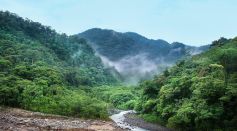
Dry Spell in One Location in the Amazon Forest Affects Its Neighboring Region [STUDY]

Awa the World's 'Most Endangered Tribe' in Brazil Is Under Threat Due to Deforestation

What’s Causing Amazon Rainforest to Lose Resilience? Analysis Suggests Human-Caused Climate Change Among the Reasons
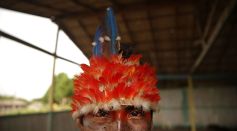
COVID-19: 'Forgotten' Amazon Tribes in Peru Learns About Coronavirus For The First Time
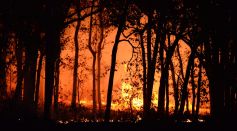
Amazon Rainforest Can't Hold Carbon Emissions Anymore; Greatest Ally Against Climate Change Now Plays for the Wrong Team

Indigenous Peoples Defend the Peruvian Amazon With Modern Technology
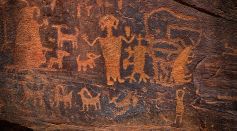
Climate Change May Have Caused Major Population Collapse of Amazon Indigenous People 400 Years Before European Arrival

Amazon Rainforest Origin: Did the Asteroid That Caused Dinosaur Extinction Started It?
Rare and Exotic Cactus from Amazon Rainforest is Set to Flower for the First Time in the UK

NASA Images Share Dark Story Behind Amazon Rainforest's Rivers of Gold

Amazon Deforestation Could Breed Brand New Diseases for the Next Pandemic
Good News: Brazil's Amazon Rainforest Recorded Reduction in Deforestation on July
Experts Predict Boomerang Effect of the Coronavirus Spread in Brazil As Cases Return to Major Cities
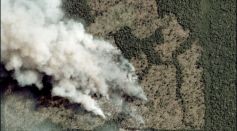
Amazon Rainforest Worst Decade: An Overview of the Crisis
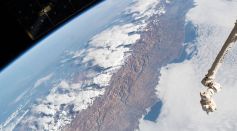
Tropical Glaciers are the New Victims of Climate Change

Climate Change and its Dire Consequences: Two New Studies Warn Us of Our Future
Most Popular

Dark Matter Explained: What We Know, What We Don't, and How It Shapes Cosmic Structure

Ocean Acidification, Marine pH Change, and CO2 Absorption: How Coral Reef Damage and Shellfish and Plankton Impacts Threaten Marine Life

Memory and Learning: How the Brain Stores, Retrieves, and Forgets Information

Water, Carbon, and Nitrogen Cycles: How Biogeochemical Cycles Sustain Earth's Ecosystems




